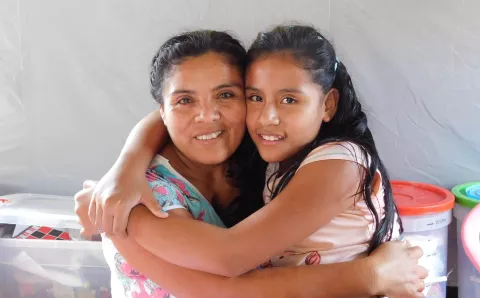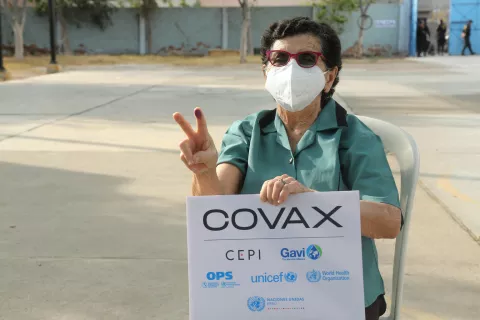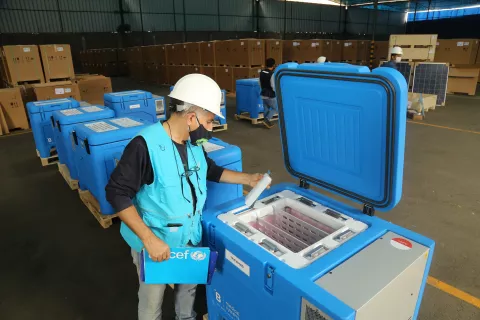120 days of COVID-19, 120 days of action in Peru
Whether infected with coronavirus or not, children and adolescents have seen their present and future jeopardized by the pandemic
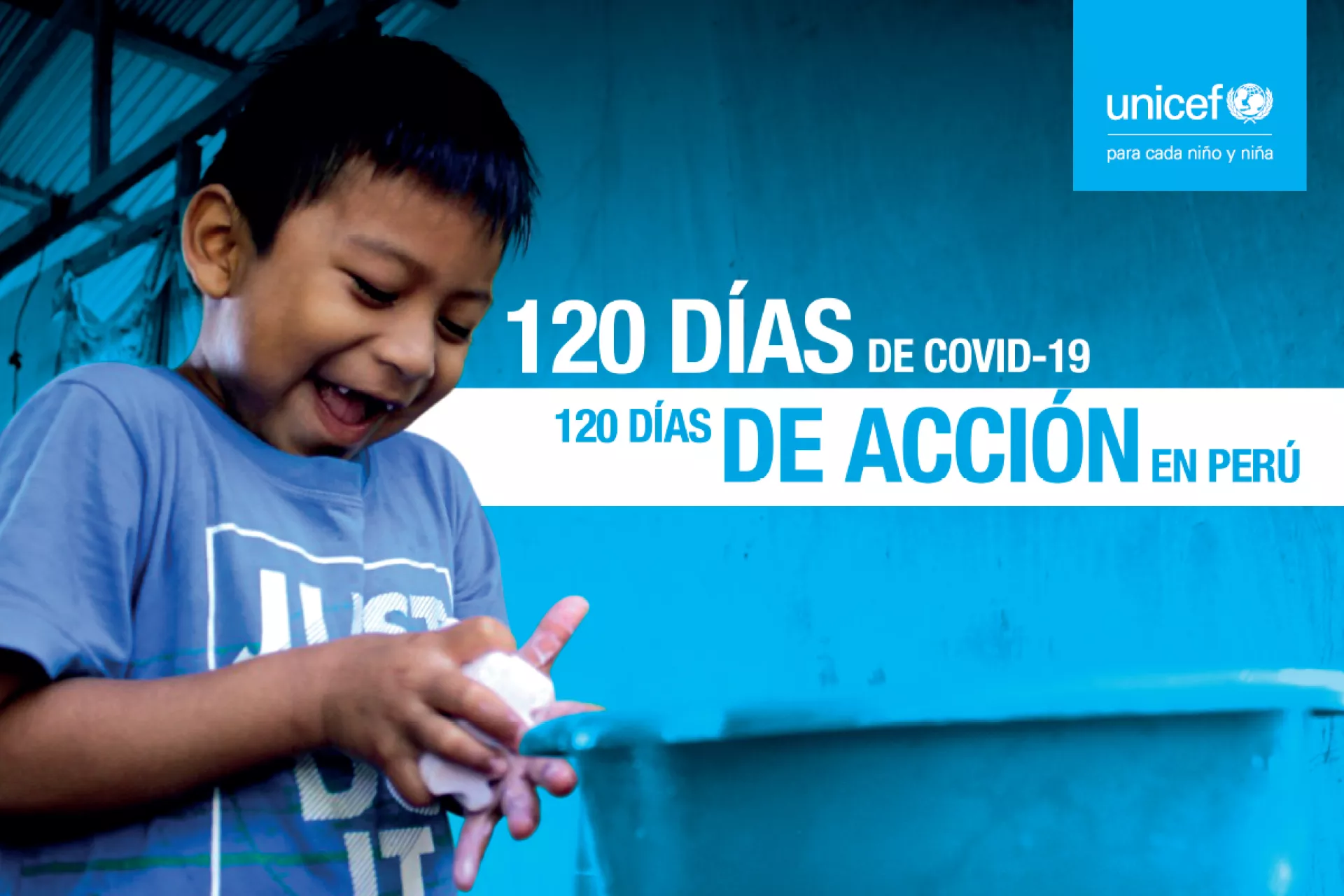
- Available in:
- Español
- English
Highlights
While millions of children and adolescents were enjoying their last days of school holidays and the media were reporting on the price of school supplies, uniforms and tuition, and on the new Congress, the words “coronavirus” and “COVID-19” were already being heard
in Peru, but referred to a distant threat. However, on 6 March, when Peru’s first case of coronavirus was confirmed, everything began to change.
Within days, the president announced a state of emergency, border closures and a national stay-at-home order. On Monday, 16 March, the date set for the start of the 2020 school year, schools were closed and children and adolescents, along with their families, started a lockdown unprecedented in Peru’s history.
UNICEF, as a part of the United Nations, immediately activated a strategy to respond to the emergency, extending our support to the Government of Peru through joint actions with the Ministries of Health, Education, Women and Vulnerable Populations, Development
and Social Inclusion, Justice and Human Rights, and Culture. We have also worked with the National Council for Persons with Disabilities and the National Migration Authority, as well as the regional governments of Huancavelica, Loreto and Ucayali, and the local
governments of Carabayllo and San Martín de Porres in northern Lima.
We act in accordance with the Government of Peru’s lockdown measures, with the conviction that our work to support children’s rights knows no borders and that in situations of emergency children and adolescents must also come first.
Files available for download
An opportunity to REIMAGINE Peru
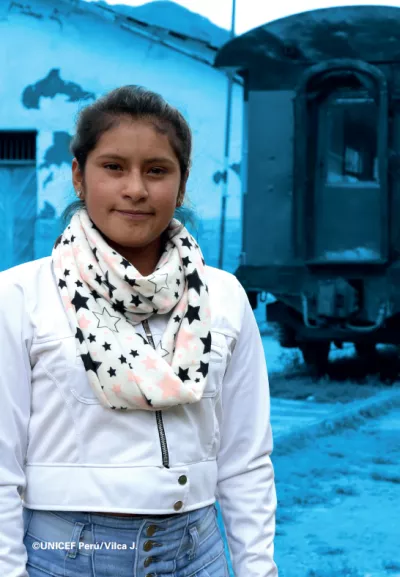
Children in the Andes walking for hours to pick up the signal of a radio station that broadcasts their classes show that reimagining and building an inclusive Peru with equal opportunities is an ethical obligation as well as a strategic decision.
The virus has taken its toll on Peru, as in most countries in the region, but it’s also giving an opportunity to close gaps. Today, more than ever, there is consensus that social investment is essential to provide quality public services and to build a social protection system that is universal, sensitive and efficient to address the challenges of each age group, and with a strengthened capacity to respond to emergencies like the current one.
We can no longer put off investing in children. To invest in every child is to invest in their present and future, and to ensure the sustainable development of Peru. Let’s act on the lessons left by the pandemic to come together to create a country of opportunities where every child and adolescent can make their dreams come true.

